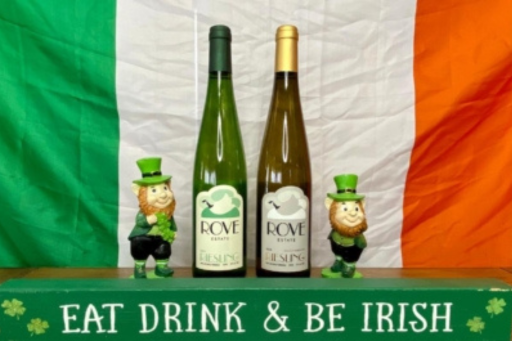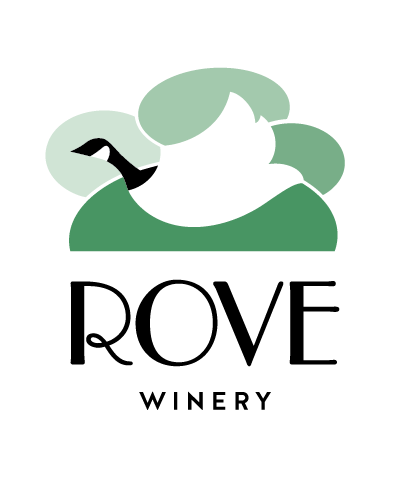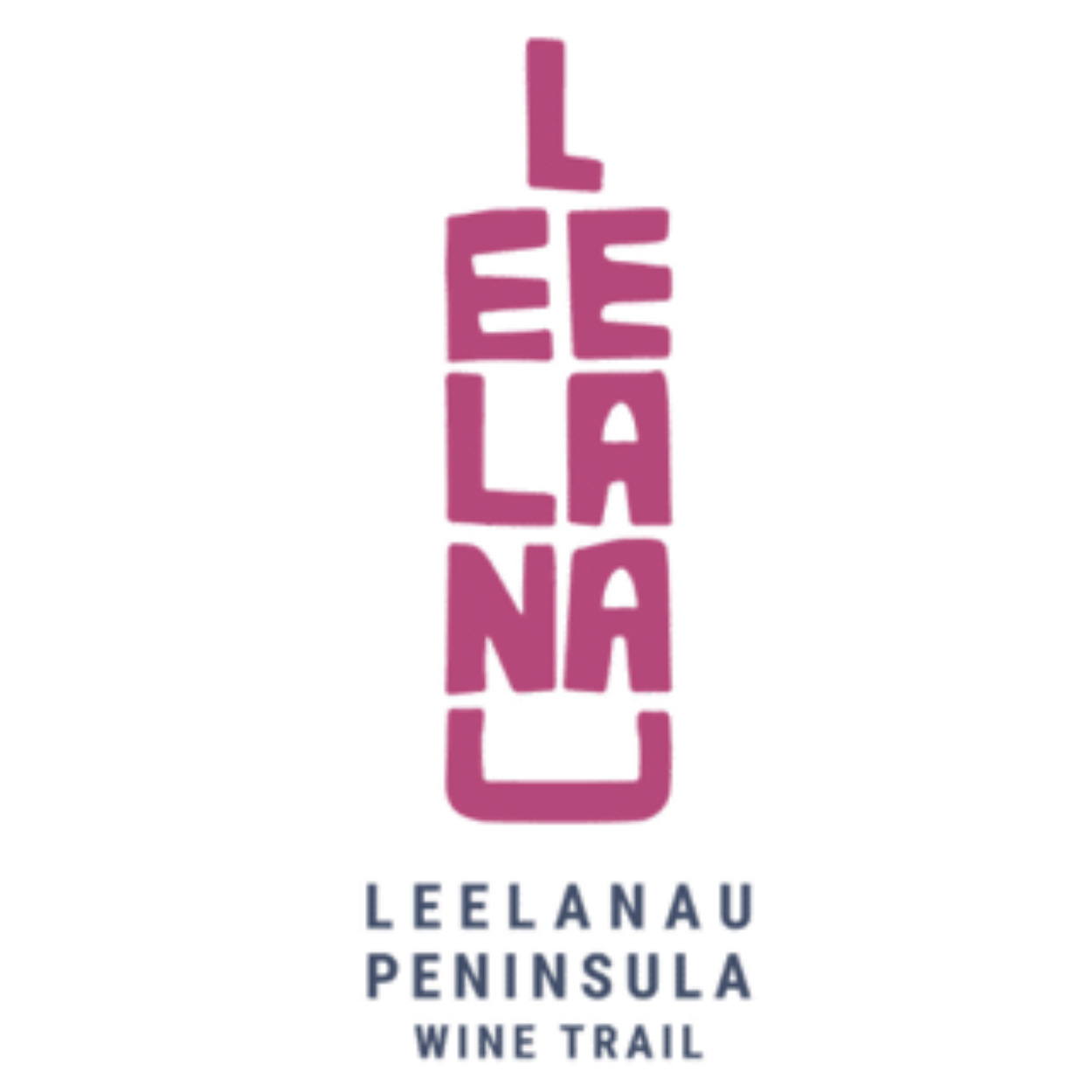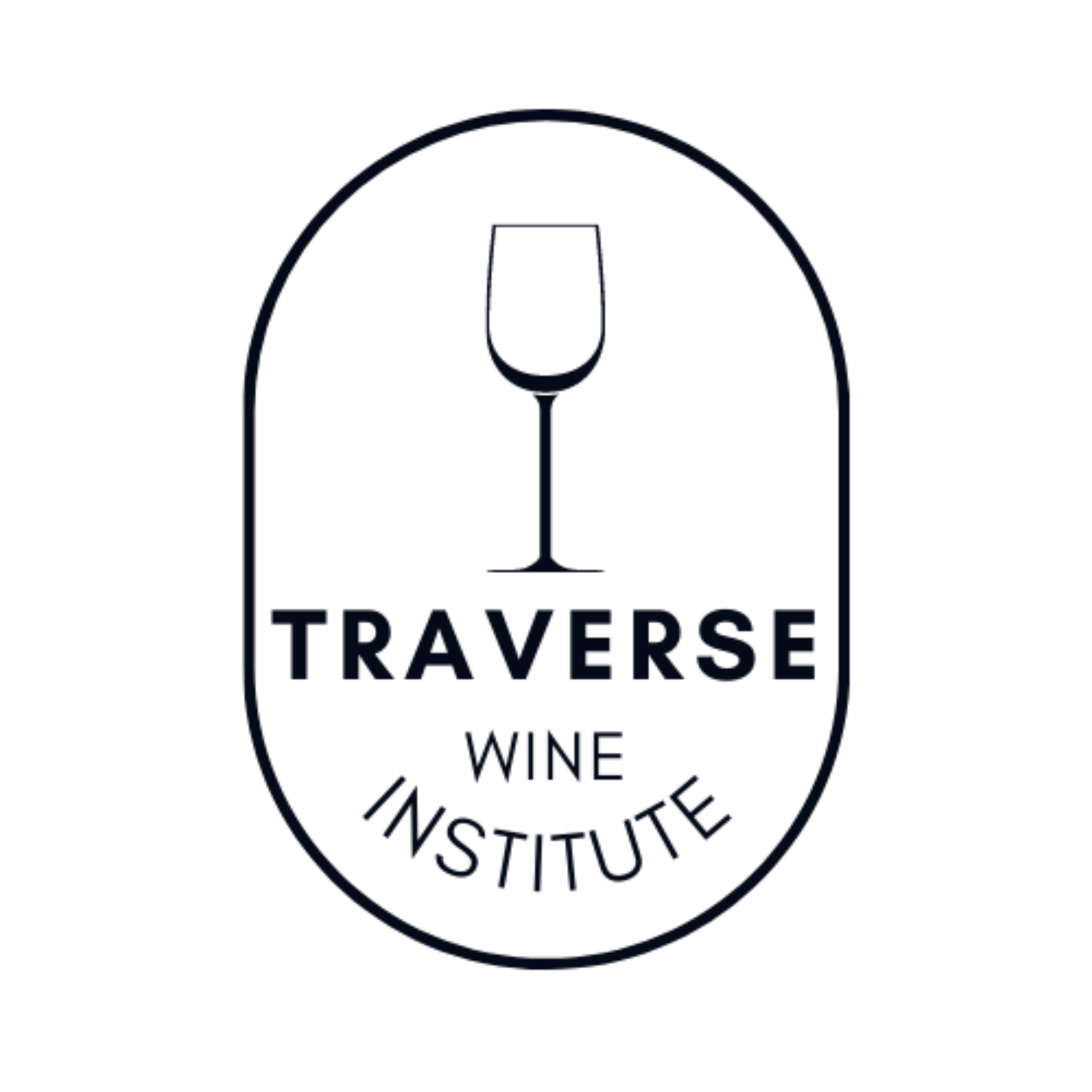
The Riesling grape is a versatile grape grown in various parts of the world. It produces a white wine that ranges from sweet to dry.
So whether you’re celebrating National Riesling Day on March 13th or toasting a night with friends, Riesling wine is an ideal pairing for any event.
Read on to learn about Riesling’s history, characteristics, and perfect food pairings.
Riesling Wine’s Origin & History
Riesling wine has a long history dating back to the Middle Ages. Originally grown in the Rhine region of western Germany, the first mention of Riesling was in the cellar of a German noble during the 15th century.
There wasn’t much knowledge about the origin of the Riesling grape until scientists conducted DNA tests. They found that the Riesling grape is a cross between Gouais blanc – a rare grape dating back hundreds of years – and a half-wild, half Savagnin grape (the future parent of the Sauvignon Blanc).
Though created in Germany – and still the most common grape grown there – the Riesling grape is now grown from California to New York to France, Australia, and New Zealand. Depending on its origin, a different flavor profile comes through the wine. Cooler regions tend to produce a drier Riesling wine, while warmer regions produce a sweeter Riesling.
Riesling Wine’s Characteristics
Whether it’s your first time trying a Riesling or you’re a lover of its sweet side, it’s never a bad time to learn about the bottle of wine you’re about to open.
And if you like Muscat Blanc, Gewürztraminer, Chenin Blanc, or Pinot Blanc, a Riesling is the perfect next wine for you.
Riesling is a white wine that has a light body, no tannins, and is high in acidity (sort of like lemonade). And the beauty of a Riesling is it can be sweet, semi-sweet, dry, or even sparkling!
Color: A Riesling can range in color from pale straw to deep yellow.
Flavors: Riesling wines come in an orchard of flavors from apple, apricot, peach, and pear to pineapple, lime, and Meyer lemon.
Aromas: Riesling wines are aromatic, giving off scents of fruit and florals. Some of the most common scents are honeycomb, jasmine, lime peel, and citrus blossom.
Aging: Rieslings are usually unaged and drunk at their freshest state to keep their fruity flavors prominent.
But, because of the Riesling’s high acidity, you can drink older vintages with no problem. Its sweetness will also allow the wine to age beautifully. Bottle aging a Riesling wine will create the classic petrol smell Riesling lovers live for!
Riesling Wine Food Pairings
First, serve your Riesling cold – think fridge cold, around 45°. And here’s a tip: the lighter the wine color, the colder it should be to maintain its freshness and acidity.
For food pairings, think SPICY. If you love Thai or Indian foods, Riesling wine can handle the flavor challenges of those more spicy recipes. Pair with a semi-sweet or sweet Riesling – you’ll find it helps balance the whole dish!
But its food pairings don’t stop there. Rieslings pair well with chicken, pork (especially the drier types), shrimp, crab, and whitefish. If you like veggie-forward dishes, Riesling pairs well with roasted veggies and vegetables with natural sweetness: carrots, bell peppers, coconut, and squash.
If you need more ideas for food pairings with your bottle of Riesling, check out our Winter Wine and Food Pairing Guide.
And if you’d like to dig deeper into wine and food pairings and grow your wine knowledge, read our Food and Wine Pairing Rules 101 guide.
At Rove Estate, we offer both a dry and sweet Riesling. Have a bottle or 2 on hand for your next wine tasting party with your family and friends!



